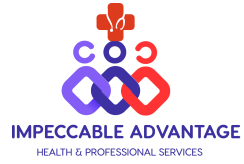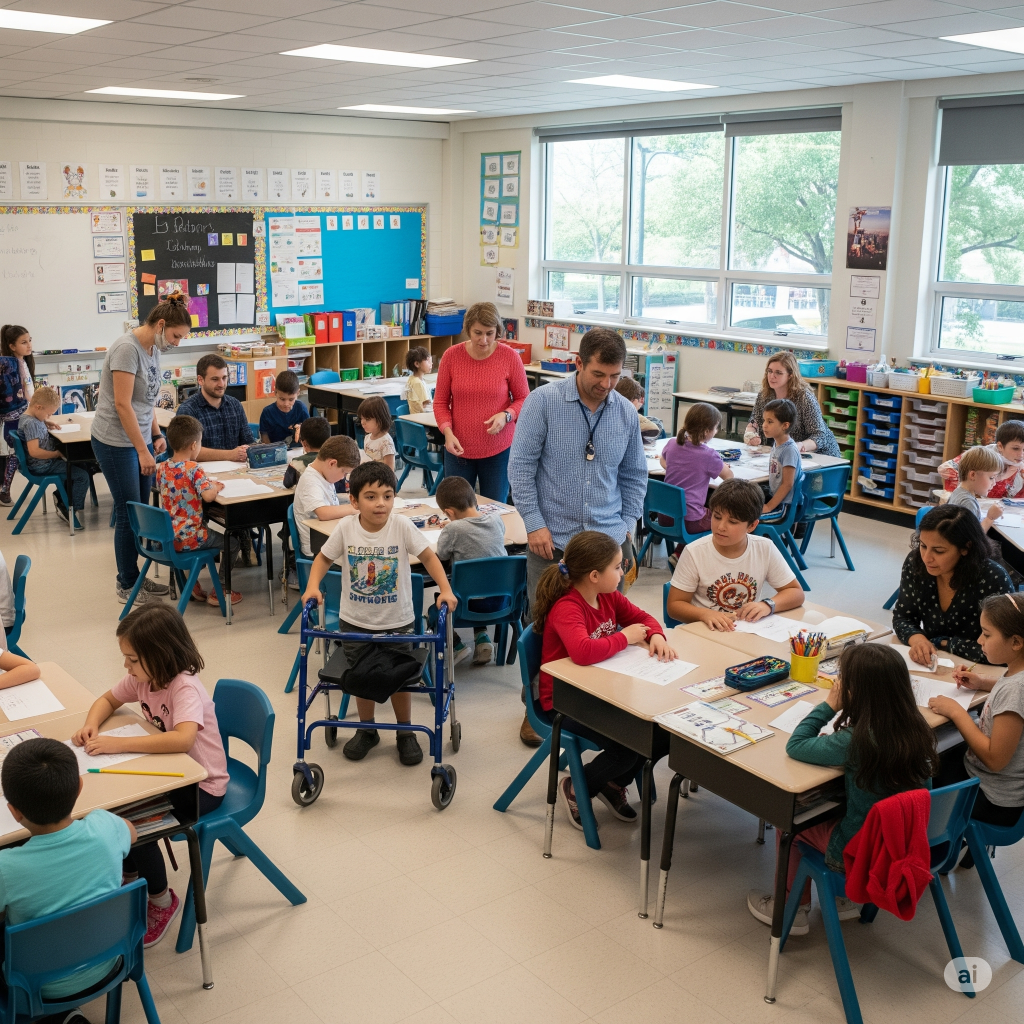The Importance of School Collaboration
Inclusive education is not solely the responsibility of special education teachers; it requires a concerted effort from all educators, administrators, families, and community members. Collaboration ensures that children with disabilities receive consistent support across various settings, promoting continuity in learning and development.
According to the Inclusive Schools Network, collaborative teaching strengthens school culture by fostering a sense of camaraderie and shared purpose among educators, creating a welcoming atmosphere for all students.
Strategies for Effective Collaboration
1. Develop Individualized Education Plans (IEPs)
IEPs are tailored plans that outline specific goals and accommodations for students with disabilities. Developing IEPs requires input from teachers, parents, specialists, and the students themselves to ensure that the plan addresses the unique needs of the child.
2. Implement Universal Design for Learning (UDL)
UDL is a framework that guides the development of flexible learning environments to accommodate individual learning differences. By incorporating multiple means of representation, expression, and engagement, educators can create inclusive classrooms that benefit all students.
3. Foster Open Communication
Regular communication between families and schools is vital. This includes scheduled meetings, progress reports, and informal check-ins to discuss the child’s development and address any concerns promptly.
4. Provide Professional Development
Educators should receive ongoing training on inclusive practices, disability awareness, and collaborative strategies to effectively support students with disabilities.
5. Engage Community Resources
Schools can partner with local organizations, healthcare providers, and support groups to access additional resources and services that benefit students with disabilities and their families.
Benefits of Collaboration
- Enhanced Student Outcomes: Collaborative efforts lead to improved academic performance, social skills, and overall well-being of students with disabilities.
- Empowered Families: Engaging families in the educational process empowers them to advocate effectively for their children’s needs.
- Professional Growth: Educators gain insights and skills through collaboration, enhancing their ability to support diverse learners.
- Inclusive School Culture: A collaborative approach fosters a school environment that values diversity and promotes inclusion.
Conclusion
Collaboration is the cornerstone of inclusive education. By uniting the efforts of schools, families, and communities, we can create supportive learning environments that recognize and nurture the potential of every child, regardless of their abilities.

